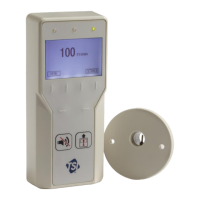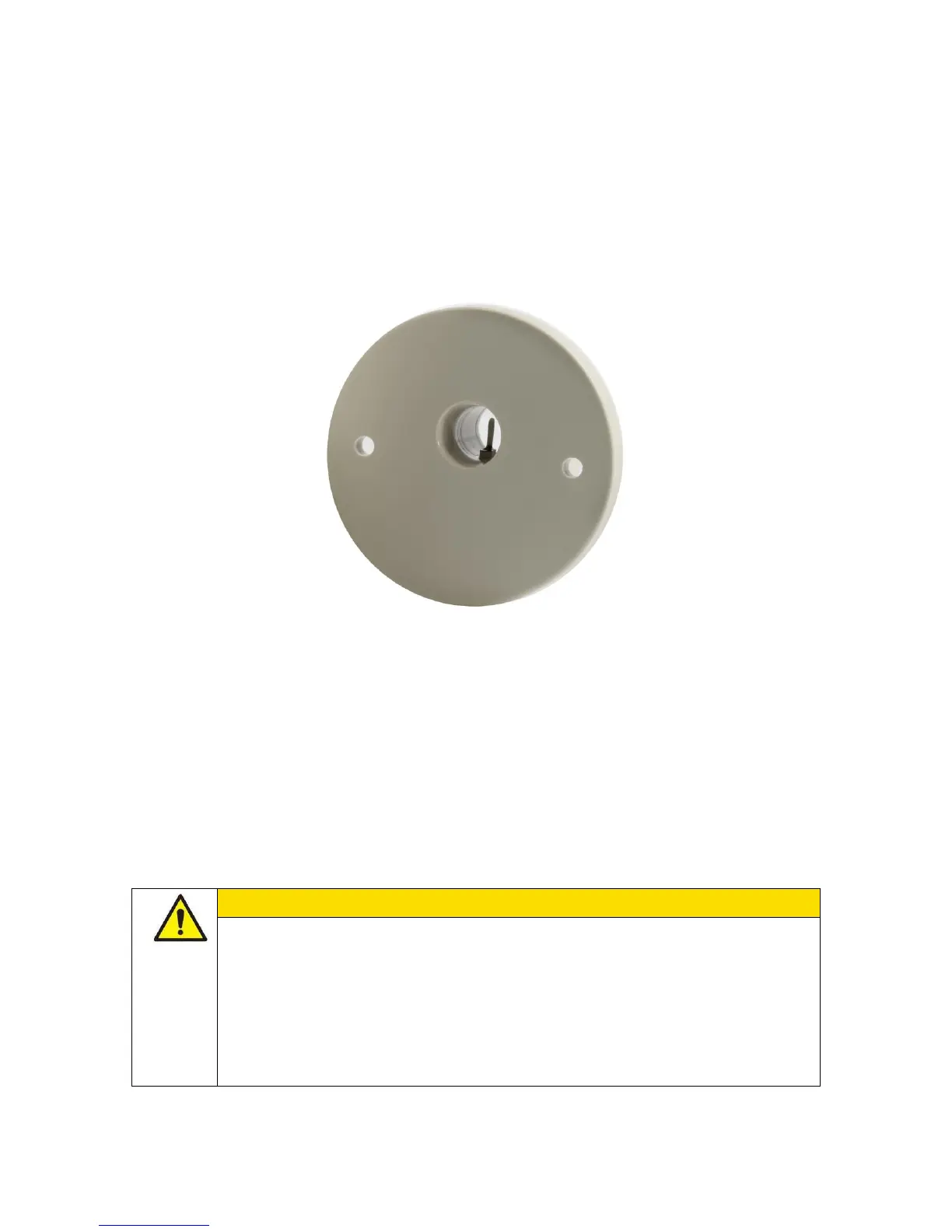Technical Section
System Component Inspection
It is recommended that the velocity sensor be periodically inspected for accumulation of
contaminants. The frequency of these inspections is dependent upon the quality of the air being
drawn across the sensor. Quite simply, if the laboratory air is dirty, the sensors will require more
frequent inspection and cleaning.
Visually inspect the velocity sensor. The air flow orifice should be free of obstructions. The small,
cylindrical, ceramic sensor protruding from the orifice wall should be white and free of
accumulated debris.
Figure 5: Velocity Sensor
Periodically inspect the other system components for proper performance and physical signs of
excessive wear.
Velocity Sensor Cleaning
Accumulations of dust or dirt can be removed with a dry soft-bristled brush (such as an artist's
brush). If necessary, water, alcohol, acetone, or trichlorethane may be used as a solvent to
remove other contaminants.
Use extreme care when cleaning the velocity sensors. The ceramic sensor may break if
excessive pressure is applied, if sensor is scraped to remove contaminants, or if the cleaning
apparatus abruptly impacts the sensor.
If you are using a liquid to clean the sensor, turn off power to the Model FHC50. Do
NOT apply power before velocity sensor completely dries.
Do NOT use compressed air to clean the velocity sensors.
Do NOT attempt to scrape contaminants from the velocity sensors. The velocity
sensors are quite durable; however, scraping may cause mechanical damage and
possibly break the sensor. Mechanical damage due to scraping voids the sensor
warranty.

